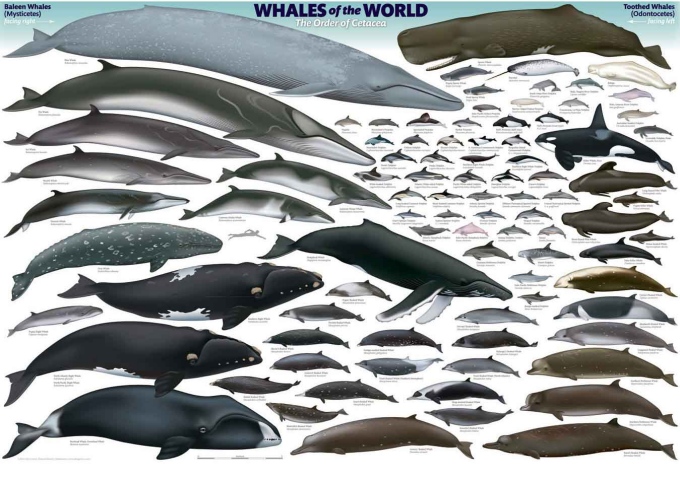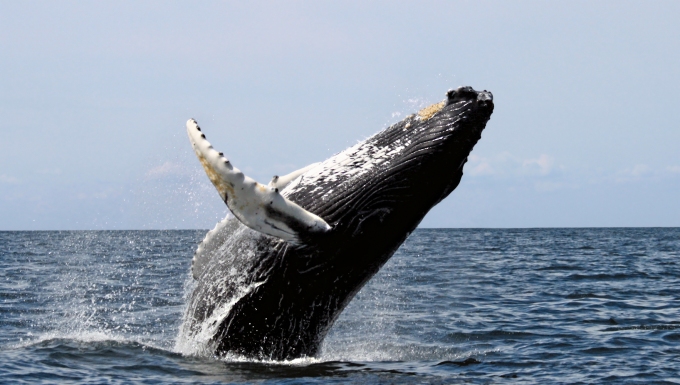Whales, Whales, Whales!
/It's the season for the whale migration here in Western Australia. This time of year, thousands of humpback and southern right whales in the southern hemisphere migrate south with their young to feed on the shrimp-like krill of the cold waters of Antarctica. The humpbacks, especially, tend to stay fairly close to shore, following the continental shelf. They seek out protected bays in order to more easily protect the calves and allow them a rest. As they pilot their way through the warm Indian Ocean waters, they seemingly enjoy themselves along the way with all sorts of acrobatic behavior. Hence the reason we've seen so many in our travels lately.
I was interested in learning a bit more about these majestic cetaceans (yup, they're in the order Cetacea which also includes dolphins and porpoises), so I did a little research that I'd like to share. First of all, there are two types of whales … baleen (~13 species) and toothed (~70 species). About 40 different species have been recorded in Australian waters. Among other distinct differences, baleen whales use a filtering system called baleen to ingest their food (humpbacks and right whales fall into this category) and they have two blowholes. Toothed whales? Well, they have teeth for starters ... and a single blowhole. Think Moby Dick. The Blue Whale, a baleen, is the largest mammal on earth and the Sperm Whale (like Moby) is the largest toothed whale.
Humpbacks usually begin their 7,800 mile (13,000km) swim from the Antarctic in May/June. They mate and give birth from June to November in Western Australia's northern tropical waters. They begin their southern journey to return to the Antarctic in August. Our timing is perfect though I've yet to be able to photograph one nearby. Humpback whales are generally curious creatures and will often approach and interact with boats. It's not uncommon, we're told, for whales to come up alongside the boat, or even swim beneath it. These events are sometimes called "whale muggings" because legally you're not supposed to move the boat until the whale moves away. A FB friend of mine got some wonderful pics and has allowed me to share one with you. (Photo credits and thanks to Jenn Payne)
The whaling industry nearly depleted the whale population during its heyday. In the late 1930s, more than 50,000 whales were killed annually. In 1986, the International Whaling Commission banned commercial whaling, so that stocks might recover. Most notably, Japan, Norway and Iceland were opposed to the ban and have continued whaling. In general, however, the whale populations seem to be recovering at a rate of about 10% per year. In 2012, Western Australia's Environment Minister said there there were about 28,800 migrating humpbacks off the WA coast.
Though we've seen humpbacks, we don't think we've seen any Southern Right Whales yet. Southern Rights were always a favorite target of hunters because they are rather bulky and slow-moving and they don't sink when dead, thus producing huge quantities of oil and bone. Thus, they were considered the “right” whale to hunt.
I was most interested in whale behavior because it's so fascinating to watch these gargantuan creatures shoot out of the sea and sometimes nearly clear the surface when breaching...
or see them spyhop to get a good look around.
We've seen them do pectoral slaps (fins slaps) and, of course, tail slaps or lobtailing. They're amazingly acrobatic and graceful for their huge size.
Though I've used the internet extensively to do my research, our on-board reference continues to be Guide to Marine Mammals of the World
Lastly, I want to leave you with these hauntingly beautiful humpback whale songs.










